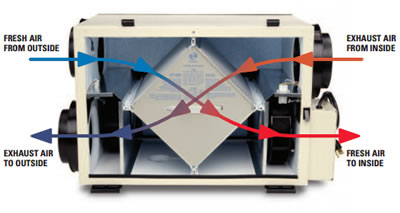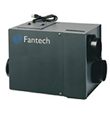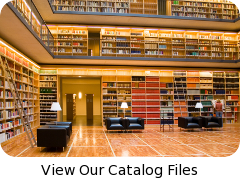
Heat & Energy Recovery Ventilators
What do they do?
HRVs and ERVs exchange stale indoor air with fresh outdoor air. While doing so, they also exchange heat energy in the two parallel airstreams to minimize the amount of conditioned air that gets exhausted from the home. HRVs and ERVs have slight differences.
How do they do it?
The HRV/ERV exhausts stale indoor air to the outside, and brings in fresh air from outside. This fresh air is then distributed throughout the home either by the HRV/ERV or by your furnace fan.
In the winter, the warm indoor air passes through the HRV/ERV core as its being exhausted and warms up the incoming fresh outside air. The the summer, the cycle is reversed and the cool indoor air cools down the hot outdoor air recovering the energy. The 2 airstreams never mix when passing through the HRV/ERV core.
An HRV exchanges only of sensible heat (energy you can measure with a thermometer) from exhausted indoor air to temper incoming fresh air. This reduces the energy required to bring outside air up to ambient room temperature.
An ERV does a little more than an HRV . This type of system also captures some of the moisture in the air to keep it on the same side of the thermal envelope that it came from. So, in winter, the system transfers the humidity from the air being extracted to the incoming fresh (and dry) air to help keep the ambient humidity level at a comfortable level all times. In summer, the humidity transfer reverses and the humidity in outside air is removed before it is brought into the home. This saves energy by reducing the load on your air conditioning system and/or dehumidifier. A high efficiency of humidity transfer would be around 70% but this value depends on the actual humidity on either side of the envelope.
How to Choose
The best option between an HRV and an ERV depends on your climate and specific needs. If your house is too humid in winter (above 60% RH) then an HRV is the better choice, as it would surely get rid of excess humidity while an ERV would tend to keep it at a high level. If the opposite is true and your house is too dry in winter, then an ERV would be a better choice as it helps retain humidity, eliminating the need (and cost) for you to generate it through other means.
In summer time, the use of an HRV will usually increase the humidity level inside your home, so an ERV is better in hot and humid zones.
Indoor Air Quality Products
Heat Recovery HRVs
Heat Recovery Ventilators provide fresh air, while recovering heat from the exhaust air.

Energy Recovery ERVs
Energy Recovery Ventilators provide fresh air, while recovering thermal energy (heat and humidity) from the exhaust air.

Air Exchange Ventilators
Air exchange ventilators pull in fresh air and exhaust stale air. They DO NOT provide energy recovery like HRV or ERV's.

Call us with Questions.
why buy from us?
We're engineers passionate about home ventilation and serious about customer service – so you can count on us for carefully-selected equipment and expert advice to ensure your project is a success from specification to installation.
Your call is answered by qualified people who will gladly discuss your project in detail, advise you professionally and never sell you inappropriate products.


